The area behind Nha Tron Cemetery in Hoa Ich Lam village, Duc Thinh commune (formerly Lam Trung Thuy commune, Duc Tho district) has been used by locals for many years as a burial ground for pigs infected with African swine fever. However, the entire pig burial area does not have a single warning sign for people entering or leaving the area.
The area where pigs are buried with African swine fever is located at the back edge of Nha Tron Cemetery in Hoa Ich Lam village, Duc Thinh commune, but there is no warning sign.
Through investigation, it is known that all burial steps were carried out manually and roughly by the local people. Because there is no road for machines to enter, the holes are dug by hand by people with hoes and shovels. There are times when the weather is hot and the land is dry, so people dig holes and bury dead pigs right next to the ditch. This is the source of the disease that easily spreads and spreads. African swine fever has been spreading since the beginning of May, up to now, Hoa Ich Lam village, Duc Thinh commune has 20/37 households with livestock infected with the disease.
Mr. Dinh Van Thanh - Deputy Head of Hoa Ich Lam village, Duc Thinh commune said: "The locality does not have a reserve land fund to plan a burial site for pigs infected with the disease. Therefore, we have to dig up old holes that buried dead pigs in previous years to bury them at this time. Because we do it manually, sometimes we have to choose a location near a ditch for easy digging. We also do not know where the disease spread from, but recently, on May 15, I went to destroy pigs for another family, and a few days later, my family's herd of 8 pigs, weighing more than 200 kg, also got sick and died."
A pit for African swine fever pigs is located right in a drainage ditch, posing a potential risk of spreading the disease.
Not only Hoa Ich Lam village, Duc Thinh commune, currently, most localities in Ha Tinh are facing difficulties in preventing and fighting African swine fever due to lack of suitable land to bury infected pigs. Most localities are using small land funds right next to village/hamlet cemeteries for burial but without warning signs.
In Lien Pho village, Dong Tien commune (formerly Thach Hoi commune, Ha Tinh city) - the area where dead pigs are buried is located next to Con Leng cemetery, right next to the traffic road, many people pass by but there are no warning signs.
“For a long time, the locality has had to take advantage of vacant land in the cemetery area to bury pigs infected with the disease, but it is impossible to arrange separate land. Currently, the disease is spreading widely and is complicated, so we instruct people that if they have land in their home gardens or farms, they should destroy it right in their home gardens to ensure disease prevention and control work,” said Mr. Dang The Mai, an officer of the land and agriculture department of Dong Tien commune.
The African swine fever burial area of Lien Pho village, Dong Tien commune has no warning signs.
Faced with the current complicated situation of African swine fever, specialized agencies have involved localities to prioritize the "4 on-site" plan, including: on-site direction, mobilizing human resources, material resources, and on-site means.
structuring, for large-scale livestock farms, priority should be given to areas with sick animals or other suitable locations near outbreak areas to limit the transportation of pig carcasses far away, causing the virus to spread into the environment.
According to regulations, the recommended burial site must be at least 30m away from houses, wells, water sources, and animal pens. However, many households are currently burying in their homes without following the regulations.
Ms. Nguyen Thi Cuc buried pigs infected with African swine fever right next to the livestock barn, the distance did not meet regulations.
Present at the garden of Mrs. Nguyen Thi Cuc's family in Lien Pho village, Dong Tien commune (formerly Thach Hoi commune), we witnessed the burial pit for pigs infected with the disease located right next to the livestock barn, the distance was only less than 3m, not meeting the regulations for destruction.
"If a pig dies and is buried in the house, the family can only dig a hole behind the pig pen area, but if it is moved to another area in the garden, it will cause many problems. We have repeatedly requested the commune to arrange and plan a separate burial area for people to properly dispose of it, but the locality has not yet arranged it. There is no burial site, no support force, so there is still a situation where people throw dead pigs into the environment without destroying them, causing the disease to spread more complicatedly," said Ms. Nguyen Thi Cuc.
People of Duc Thinh commune (former Lam Trung Thuy commune) destroy pigs infected with African swine fever.
The destruction of infected pigs with African swine fever is very important because the African swine fever virus can spread quickly and survive in the environment for a long time. If the destruction process is not done well, it will cause the disease to spread widely. According to experts, there are two main destruction methods: burial and burning. However, burning does not have a specialized furnace and is expensive, so the destruction method by burial is still the optimal solution.
According to Mr. Tran Hung - Head of the Ha Tinh Department of Crop Production and Livestock, in the destruction regulations, dead pigs must be put in bags, the bag mouths must be tied tightly and the bags must be concentrated in one place to be sprayed with disinfectant before being transported to the destruction site. The recommended burial site must be at least 30m away from houses, wells, water sources in animal pens and have enough space. In particular, the animal burial site must have a sign warning people entering the area.
People need to comply with regulations in destroying infected pigs.
Faced with difficulties and obstacles in the prevention and control of African swine fever, especially in the destruction of infected pigs, according to the specialized agency, in the coming time, to prevent the spread of the African swine fever virus, communes in Ha Tinh need to prioritize reviewing and supplementing reserve land funds, while applying safe destruction measures, limiting the spread of disease, protecting the environment and public health.
According to statistics from the Ha Tinh Department of Crop Production and Livestock, from 2021 to 2023, Ha Tinh had over 18,200 pigs infected with African swine fever and had to be destroyed. From the end of 2024 until now, African swine fever has continued to spread rapidly in many localities in the area with nearly 3,000 pigs infected and had to be destroyed, causing heavy losses to farmers in Ha Tinh.
Source: https://baohatinh.vn/can-som-bo-tri-quy-dat-phuc-vu-tieu-huy-gia-suc-mac-benh-post291134.html


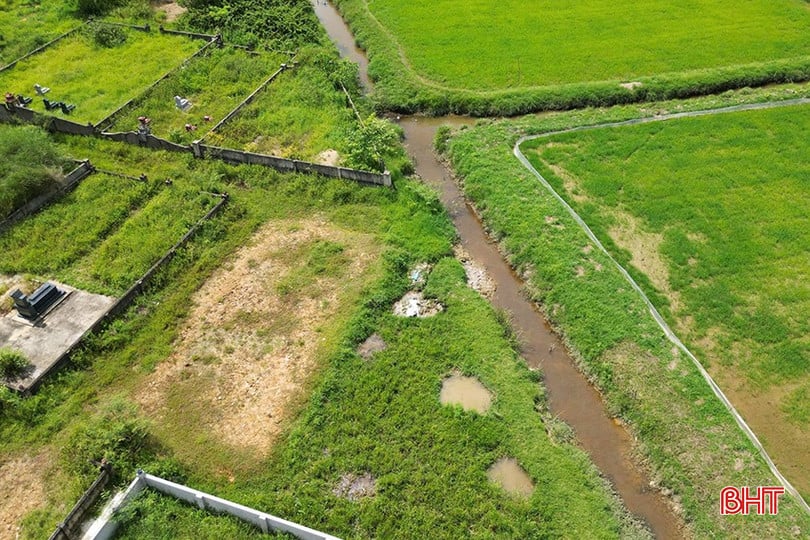
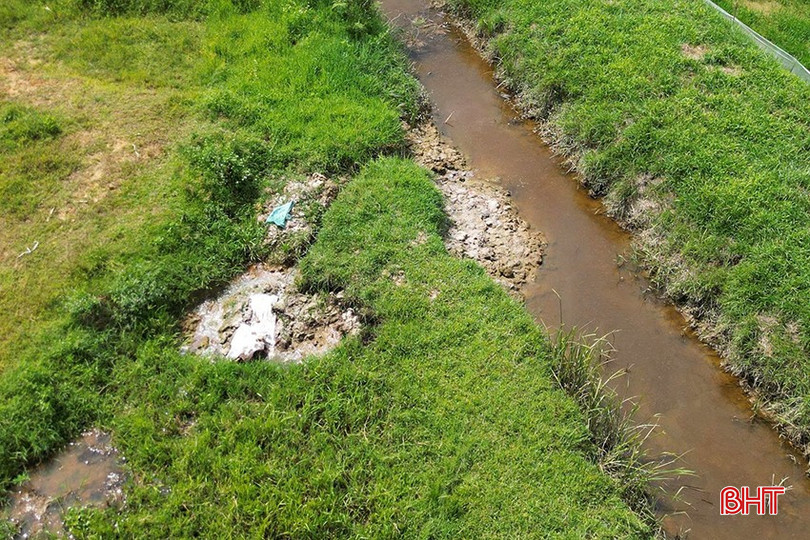
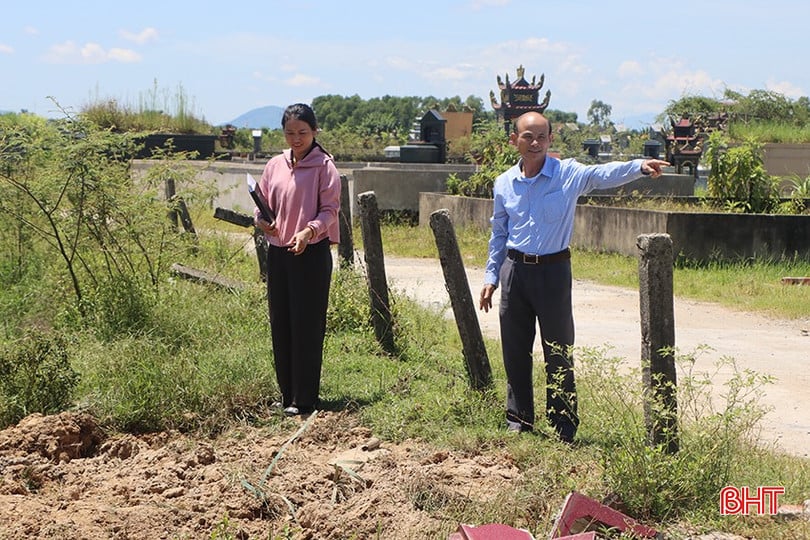
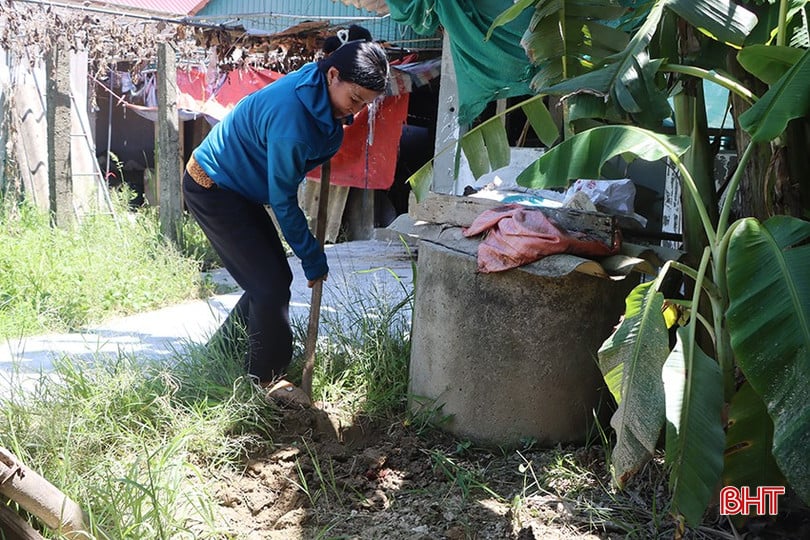
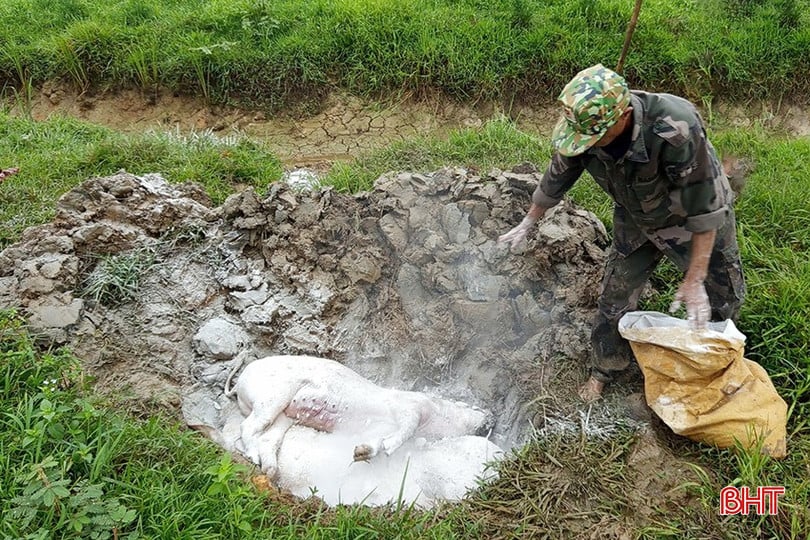
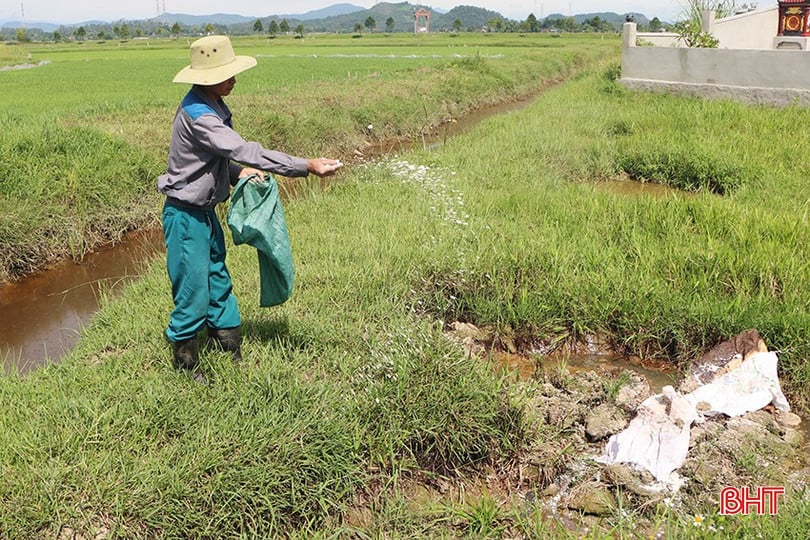

























































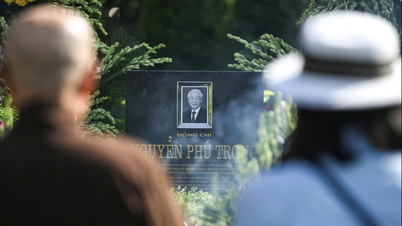







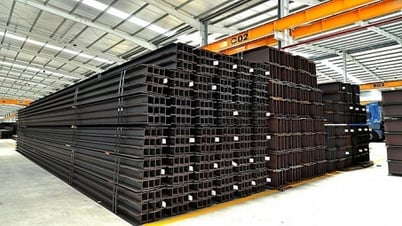






























Comment (0)